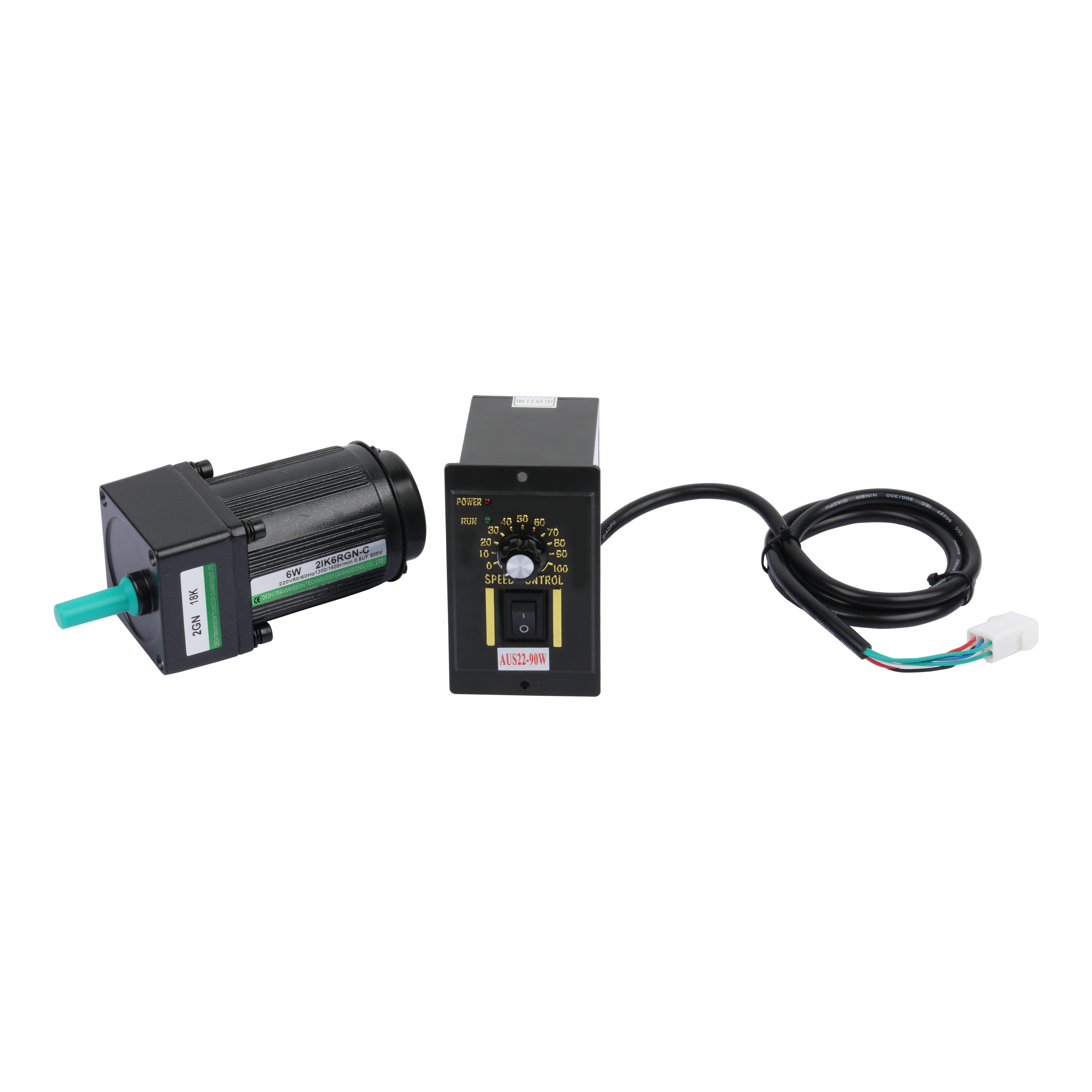Source:Industry News Release time:2022-09-09 Clicks: Popular:Reduction motor manufacturer

The use of cycloidal pinwheel reduction motor requires the installation of a cycloid wheel, so what should be done during the installation process?
1. Installation steps of cycloidal pinwheel reduction motor cycloid wheel
1. Rotate one cycloidal wheel of the cycloidal pinwheel reduction motor 180 degrees. That is, when the middle bearing hole and the tenth hole completely overlap, the external tooth shape is just misaligned, and the position of the tooth root of the upper piece is exactly the same as the position of the tooth top of the lower piece. Note the relative position of the two wheels. Always remember to draw a mark yourself. Or remember the location of the original markings on the wheel. This is a single tooth difference cycloidal wheel, double tooth difference does not require a 180 degree rotation.
2. Put a piece of cycloidal wheel into the pin tooth shell and turn it by hand to see if it is smooth and swings.
3. Put in the eccentric bearing. Because the bearing hole of the cycloidal wheel is equivalent to the shell of the eccentric bearing. Therefore, the correct position of the eccentric bearing is that the bearing hole of the cycloidal wheel just completely accommodates the cylindrical ball of the eccentric bearing.
4. Insert the spacer. Put another cycloidal pinwheel reduction motor cycloid wheel. The key is to put this wheel. Positions should be placed exactly as marked on your own screen.
5. Put on the shaft sleeve and turn it by hand to see if it can rotate. Check whether the cycloidal pinwheel reduction motor is installed correctly.
2. Precautions for installation of cycloidal pinwheel reduction motor
1. When installing a cycloidal pinwheel reduction motor, attention should be paid to the alignment of the transmission center shaft, and the error should not be greater than the compensation amount of the coupling used. Good alignment can extend service life and achieve ideal transmission efficiency.
2. When installing the transmission components on the output shaft of the cycloid reducer motor, it is not allowed to hit it with a hammer. Usually, the assembly clamp and the internal thread of the shaft end are used to tighten the transmission parts with bolts, otherwise the internal parts of the reduction motor may be damaged. If rigidly fixed couplings are not used, improper installation of such couplings will cause unnecessary external loads, leading to premature bearing damage, and in severe cases, the output shaft may even break.
Recommended reading
Related Information
Speed control device
2021-01-13CGX042
2021-01-13CGXZK085
2021-01-13Stepper motor
2020-12-21Stepper motor
2020-12-21Stepper motor
2021-04-14Stepper motor
2020-12-21Planetary reducer
2021-04-15CGF-060L1-10-P2
2020-12-21Speed motor
2020-12-21CGXZ042
2021-01-13CGF-090L1-10-P2
2020-12-21CGH-090L1-10-P1
2020-12-21CGXK042
2021-01-13Stepper motor
2020-12-21The working method and application characteristics of stepper motors
2022-05-28Introduction to cylindrical gear reduction motor
2022-08-24Analysis of measurement methods for stepper motor speed changes
2022-06-08Performance and characteristics of planetary reducer
2022-06-25Application of stepper motors in CNC machine tools
2022-06-09Classification and application of helical gear reduction motors
2022-07-23Commonly used reduction motor classifications
2022-06-21Applicable conditions for precision planetary reducer
2022-11-14Precautions for assembly of reducer
2022-09-27Analyze the difference between planetary reducer and other reducers
2022-11-28Why do chemical plants choose hard tooth surface reduction motors?
2022-09-22How to choose between cycloid reducer and hard tooth surface reducer
2022-09-24How to limit the current of the corner reducer
2022-11-09What are the main uses of reduction motors?
2022-07-25Requirements for reduction motor transmission equipment
2022-08-18